12 Ways to Decode a Restaurant Menu
Whether you're grabbing something from a fast food chain, having lunch at a French bistro near work, or dining out at a Michelin-starred restaurant, the menu you read is more than just a list of food items; it's a marketing tool designed to help restaurants make as much money as possible. So a clever menu may be chock-full of hidden messages and designed to direct you toward foods you might not otherwise order. We got industry experts to share the skinny on decoding restaurant menus.
Avoid Anything Fried
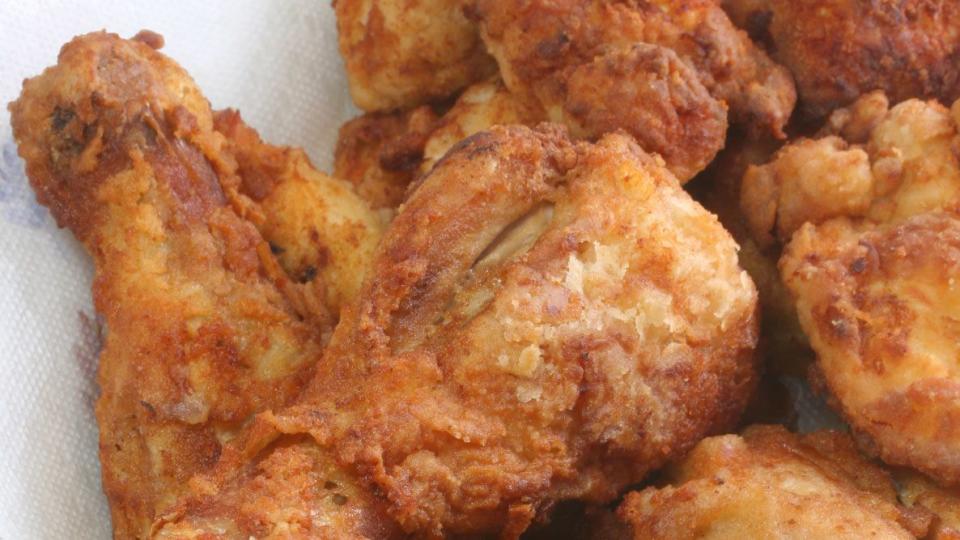
iStock
There are many words for "fried." Many menus feature terms that downplay less-healthy cooking methods. "Frizzled" or "crispy" is code for fried, and "dredged" means battered and fried, says Kate Edwards, restaurant consultant and executive coach. And Rebekah Langford R.D., warns that if you order anything "teriyaki" it's going to be high in sodium and sugar.
Be Mindful of Price Points
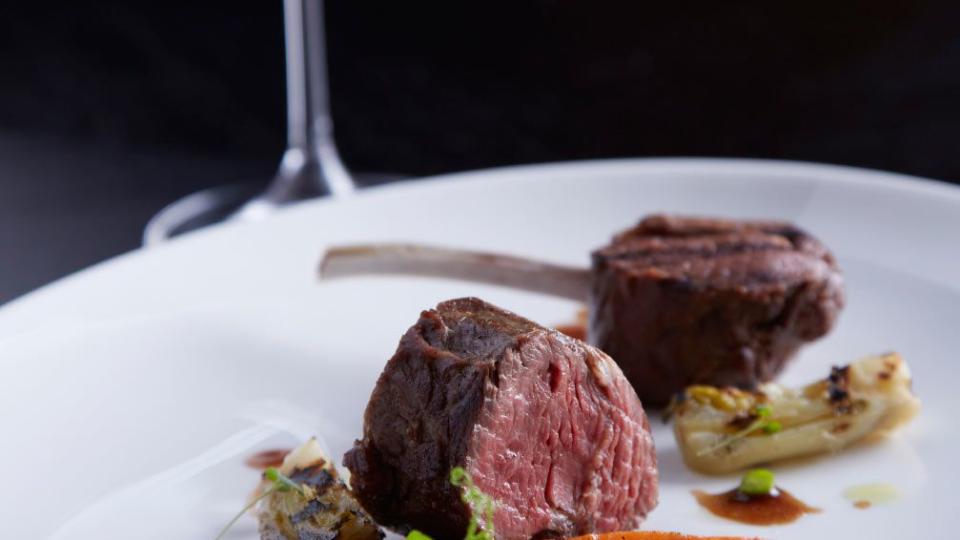
iStock
Price matters-but not how you think. Research shows that diners tend not order the most expensive and least expensive dishes on the menu, so restaurants will often use those items as decoys. "We want to sell the second-lowest-priced item and the second-highest-priced item because that has the best margin for us," says Edwards. (Also, notice how there's no $ next to the prices? Studies have shown we're willing to spend more when we don't see that universal symbol of money.)
Avoid Food Items in a Box

iStock
iStock
The menu is rigged. Studies show that the eye is naturally drawn to the upper right side of a menu, Edwards notes. So restaurants place the items they want you to order on that part of the page. In related glance-predicting news: Our eyes are naturally drawn to dishes that are boxed on a menu, says Edwards. If it's boxed, they want you to buy it!
Go for Farmed Salmon
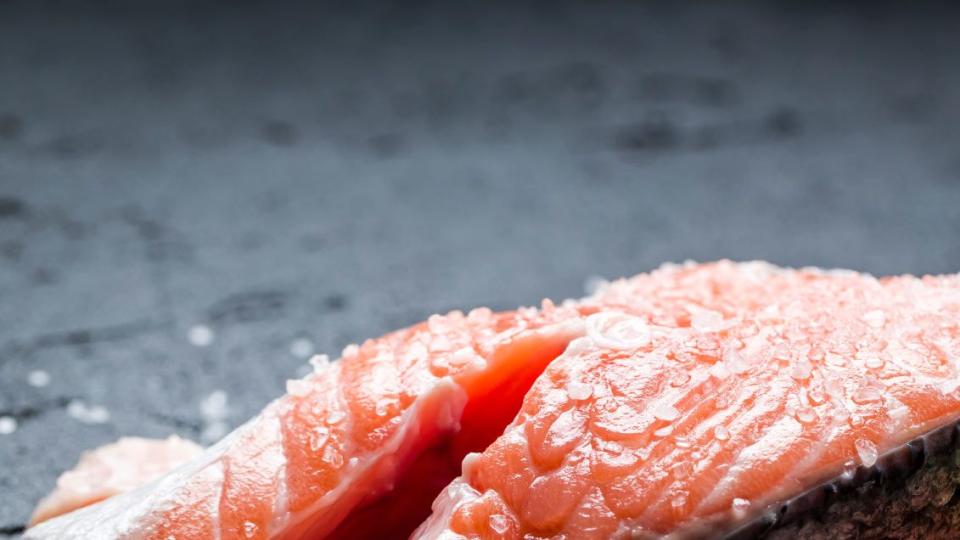
iStock
Wild isn't always best. When people see "wild salmon" on a menu sustainability and taste often come to mind. But that's not necessarily the case. Wild Atlantic salmon has been fished to dangerously low levels, according to Langford. And a recent blind taste test of 10 store-bought salmon pieces, conducted by the Washington Post, found that "farmed salmon beat wild salmon, hands down."
Be Cautious of the Word "Farm"
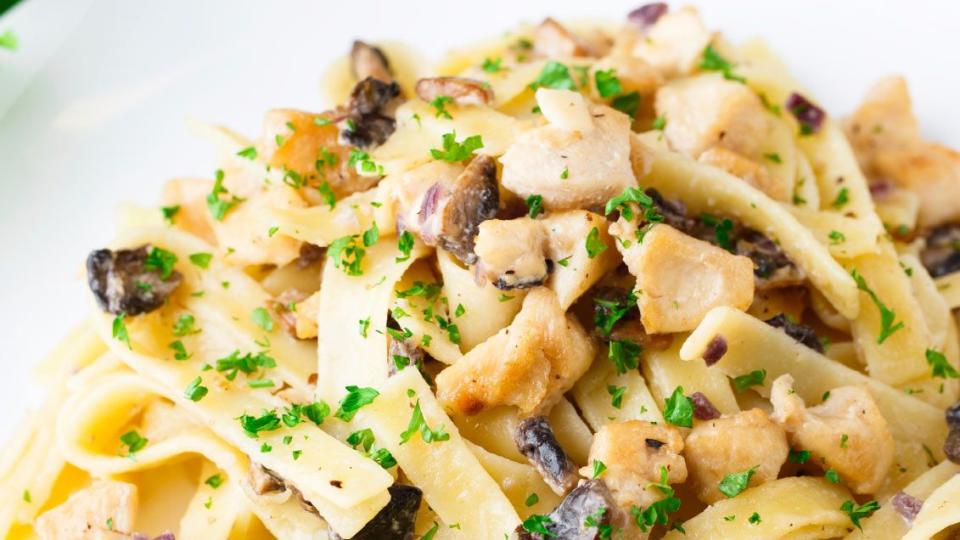
iStock
Even cream, bacon, and butter come "from the farm." Just because the menu tells you a dish or ingredient is locally sourced or comes from the "farmhouse" right next door, it's not a guarantee of a healthy entrée, says Langford. And here's a scientific fact: Evocative and descriptive names on menus (think "Homestyle Chicken Parmesan" vs. "Chicken Parmesan") were rated by participants "as more appealing, tasty, and caloric than those eating regularly–named counterparts," in a study conducted by the Cornell University Food and Brand Lab. So ignore the pastoral descriptions and use the ingredients and key words as your guide.
Splurge on the Wine
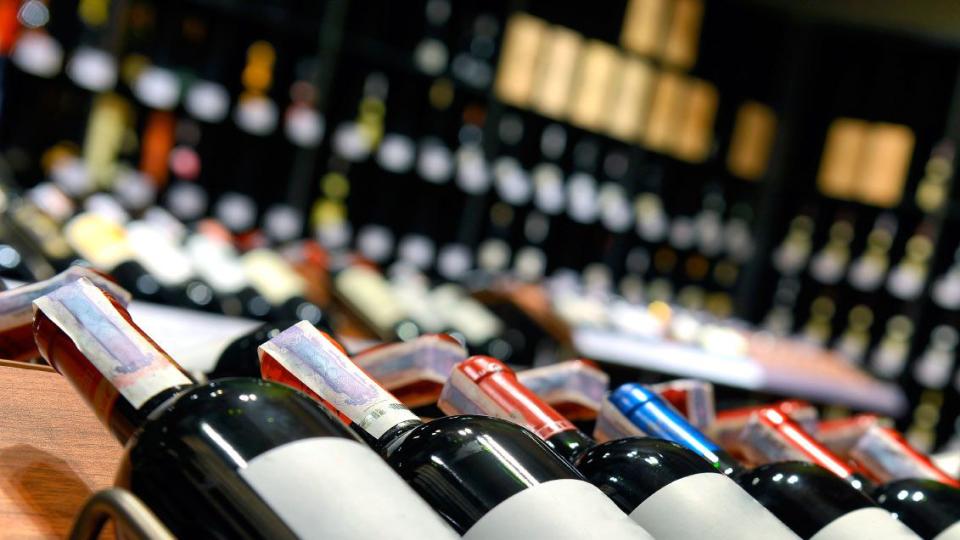
iStock
The cheapest wine on the menu might be the worst deal. "The lowest priced wines are often marked up the most, sometimes four or five times cost," says Laurie Forster author of The Sipping Point: A Crash Course in Wine. "Whereas higher priced wines might only be marked up two times cost."
Go for Anything That Says "Whole Wheat"
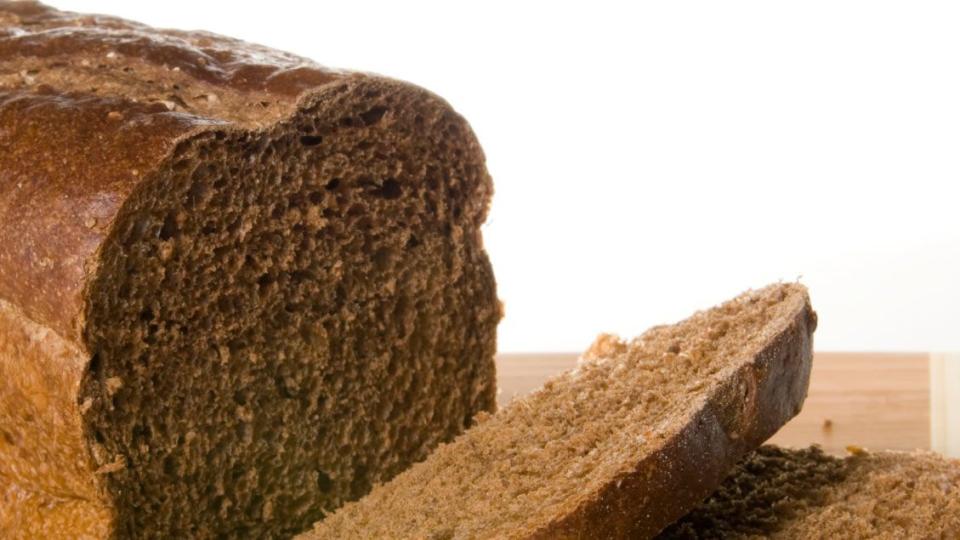
iStock
Whole wheat always trumps whole grain. "Whole wheat" means the dish is more likely to be a significant source of dietary fiber than something billed as "whole grain," says Stacy Goldberg, CEO & Founder, Savorfull and Nutritionist for the Cleveland Cavaliers. "Whole grain can be white bread with a suntan."
Color Wraps Don't Offer Nutritional Value
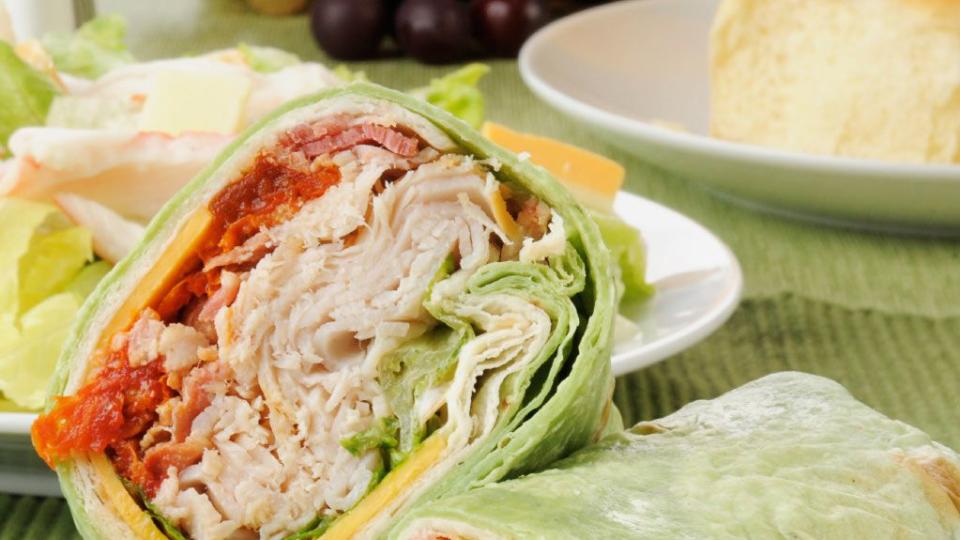
iStock
A spinach wrap is still just a wrap. (Same goes for the sundried tomato one.) "There's no vegetable in that-just vegetable powder to make it look green or red," says Goldberg. Pay more attention to the size than the color: a large wrap can add hundreds of calories and dozens of grams of carbs.
Turkey Burgers Aren't Always a Safe Choice
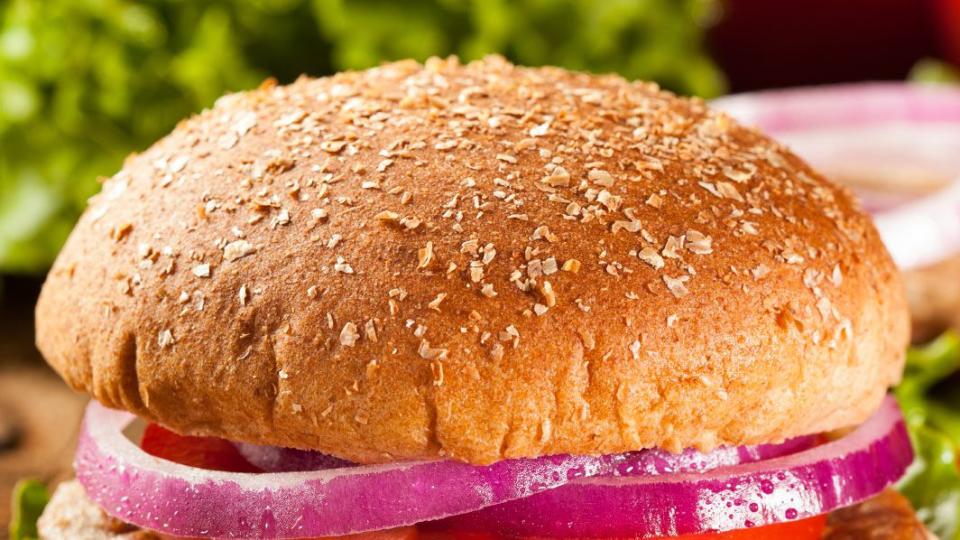
iStock
The turkey burger isn't always the low-fat choice. You'll often find turkey burgers listed among "lighter items" on a menu. But in order to make that burger juicy, says Rene Ficek, R.D., Lead Nutrition Expert at Seattle Sutton's Healthy Eating, restaurants will often use a higher-fat grind of turkey, making your burger just as calorically dense as a true beef hamburger. (But, it is possible to eat a healthy burger. Try the 6 New Burger Twists Under 500 Calories.)
Avoid the Word "Prime"
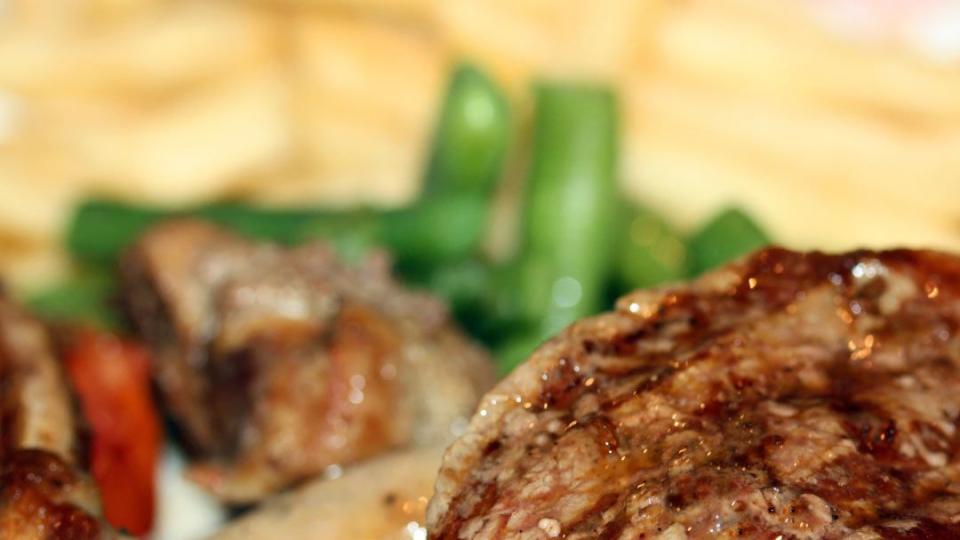
iStock
"Prime" does not equal lean. When you see the word "prime," you may think "the best." But the word means something else entirely when it comes to steak, says Rene Ficek, R.D., lead nutrition expert at Seattle Sutton's Healthy Eating. "The word 'prime' is defined by the U.S. Department of Agriculture (USDA) as meaning deeply marbled. This is code for incredibly high in fat content."
Know Your Cuts
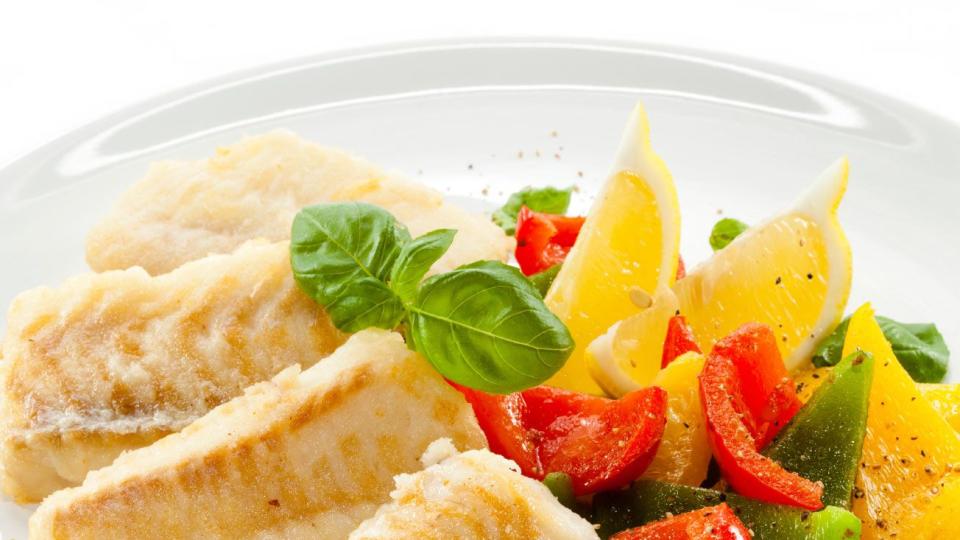
iStock
Some beef is truly lean. "A filet is by far the leanest cut," says Ficek. The ribeye, on the other hand, will likely be the highest calorie option.
Don't Fall for the "Chef Special"
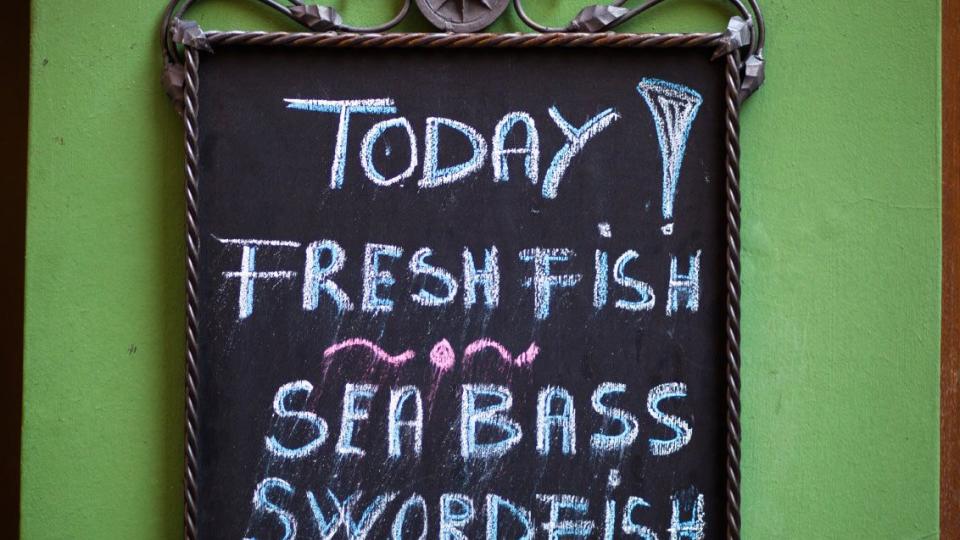
iStock
That "special" might be yesterday's news. Specials often feature ingredients that a restaurant wants to unload ASAP. "This doesn't mean it's bad to eat, but it might not be the freshest plate of food ever," says Langford.

